This is a free-standing (no bolting to a wall, floor, or ceiling required) VR support rig. It's for keeping the user in the same spot as they walk in VR, while the user is also wearing my passive VR shoes.
Features
- Full 360 continuous turning
- Adjustable height
- Leaning forward (rig can tilt forward)
- Crouching (distance is adjustable)
- Sitting (distance is adjustable)
- Easy to turn while walking
- Relatively quiet when walking
- No welding required to build it
- 50 pounds (about 27 from the platform and 23 from the rig)
Not sure if you should build this rig or my ceiling mounted one? You can read my comparison between them here.
What is the difference between this and VR treadmills like the Kat Walk C? You can find info about that here.
 finallyfunctional
finallyfunctional

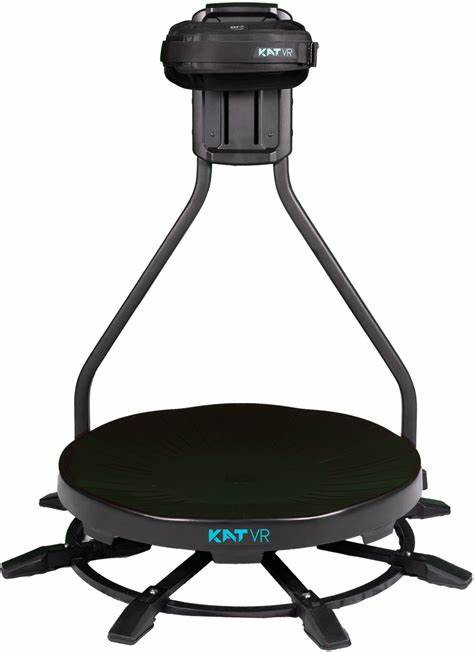
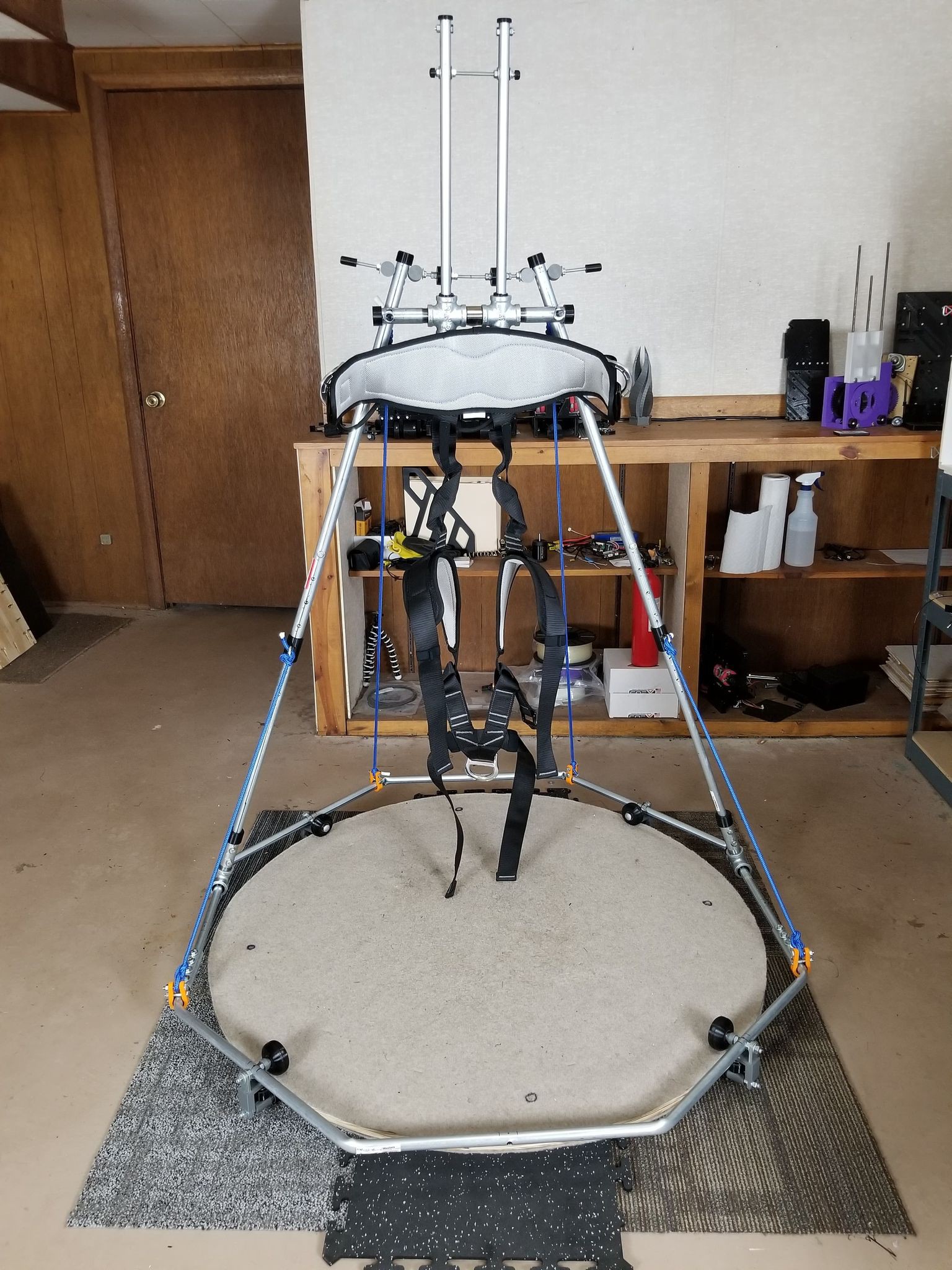

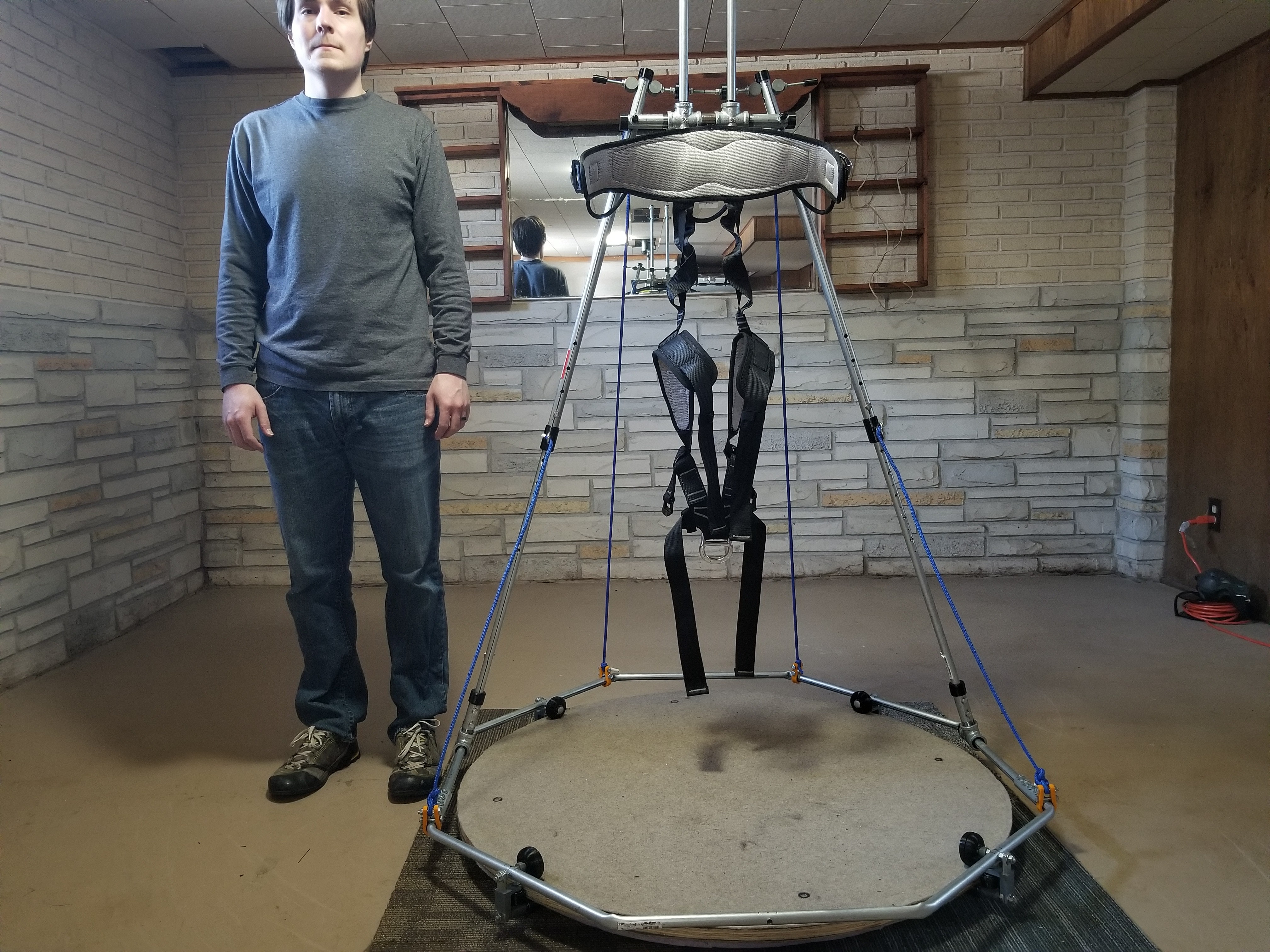
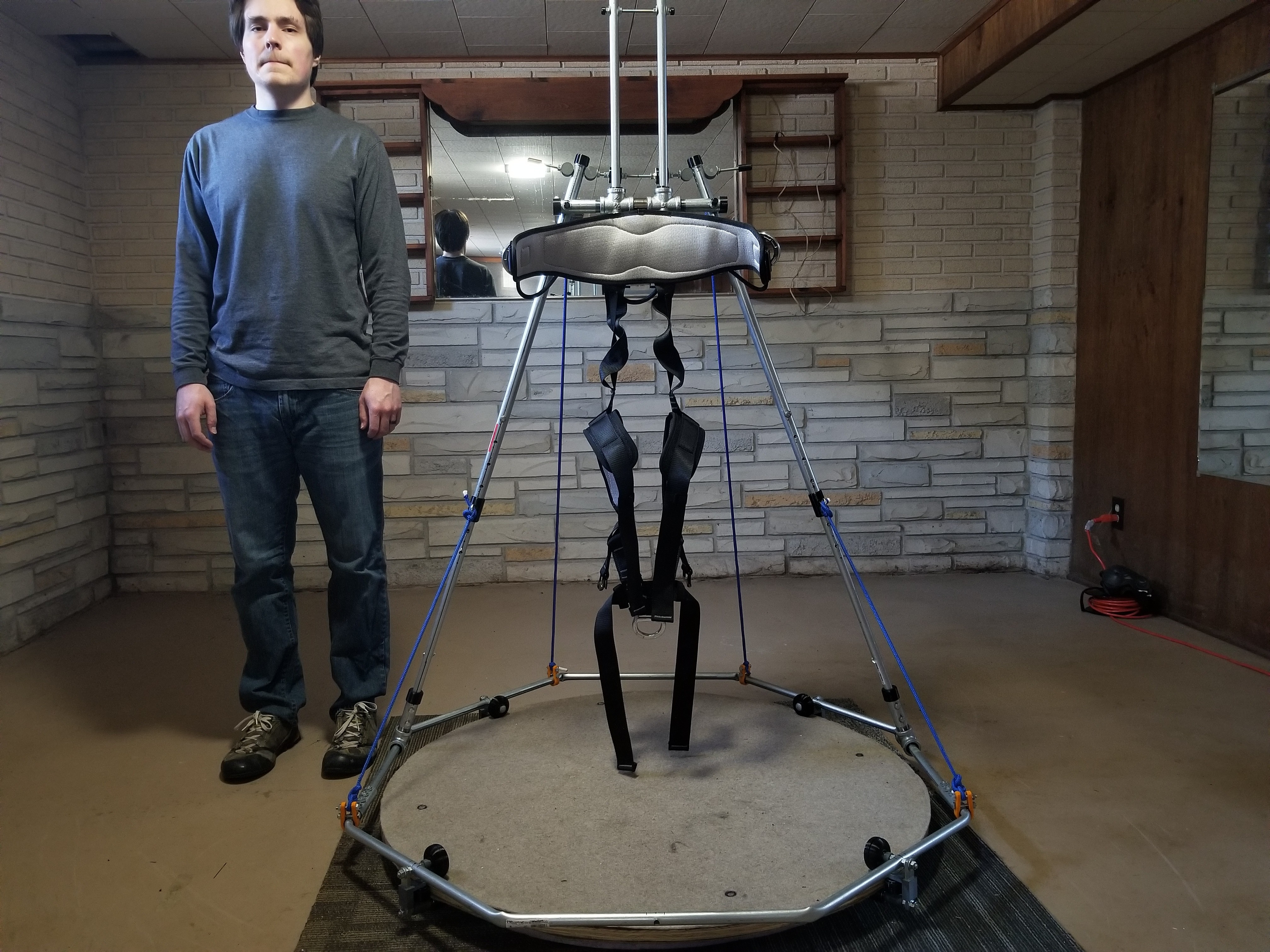
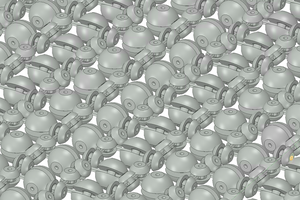

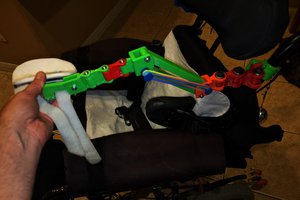
 Mike Turvey
Mike Turvey